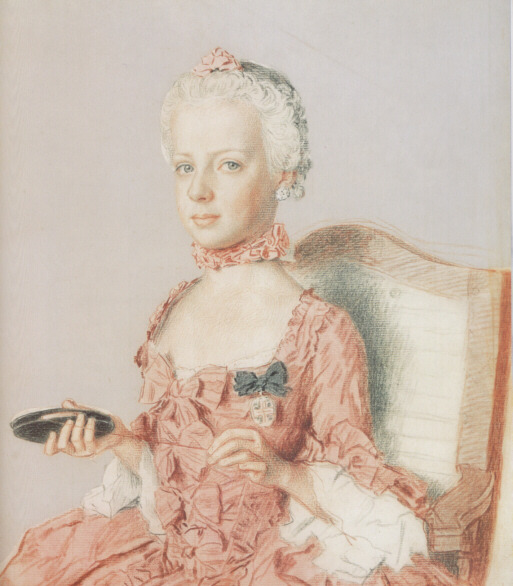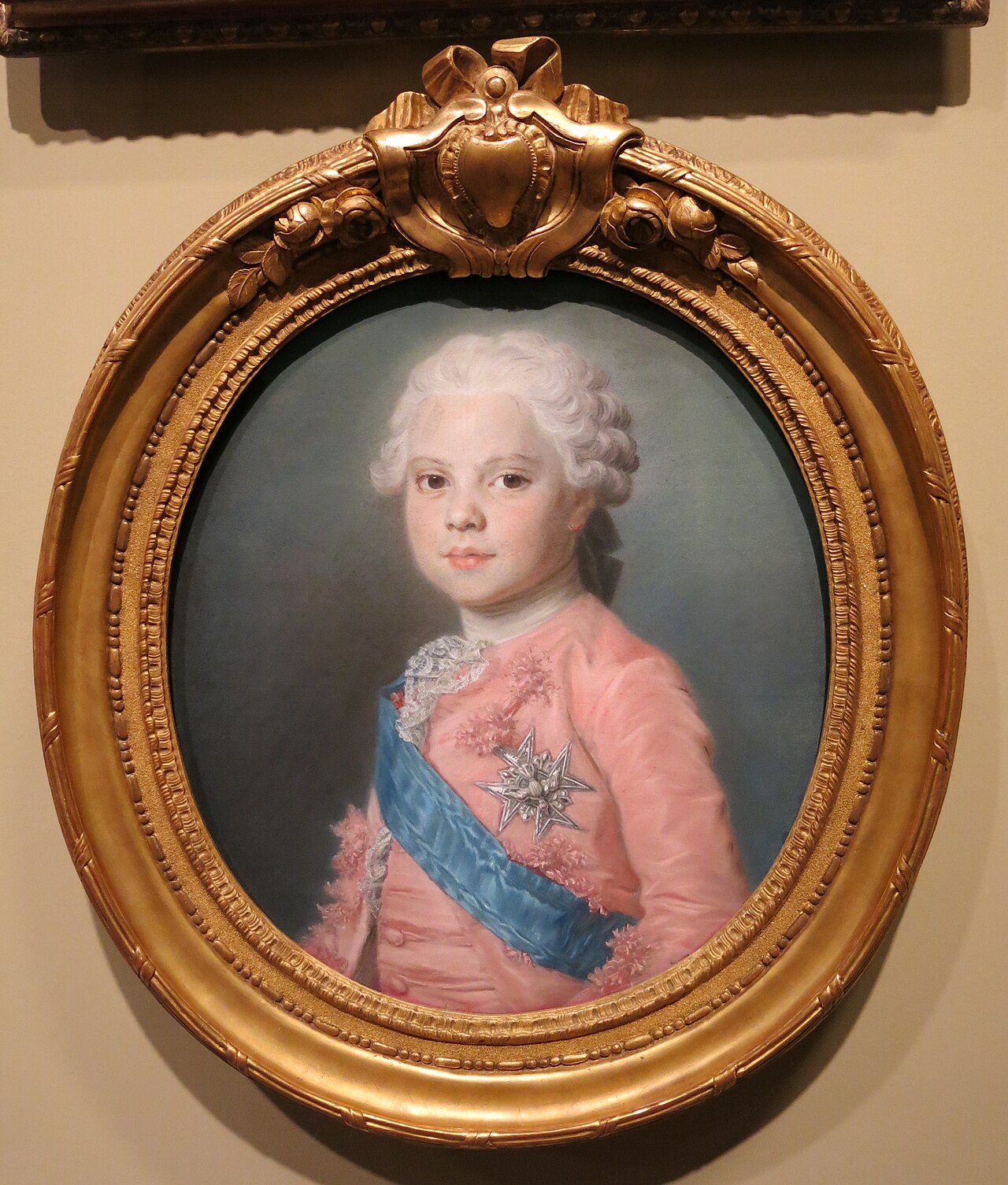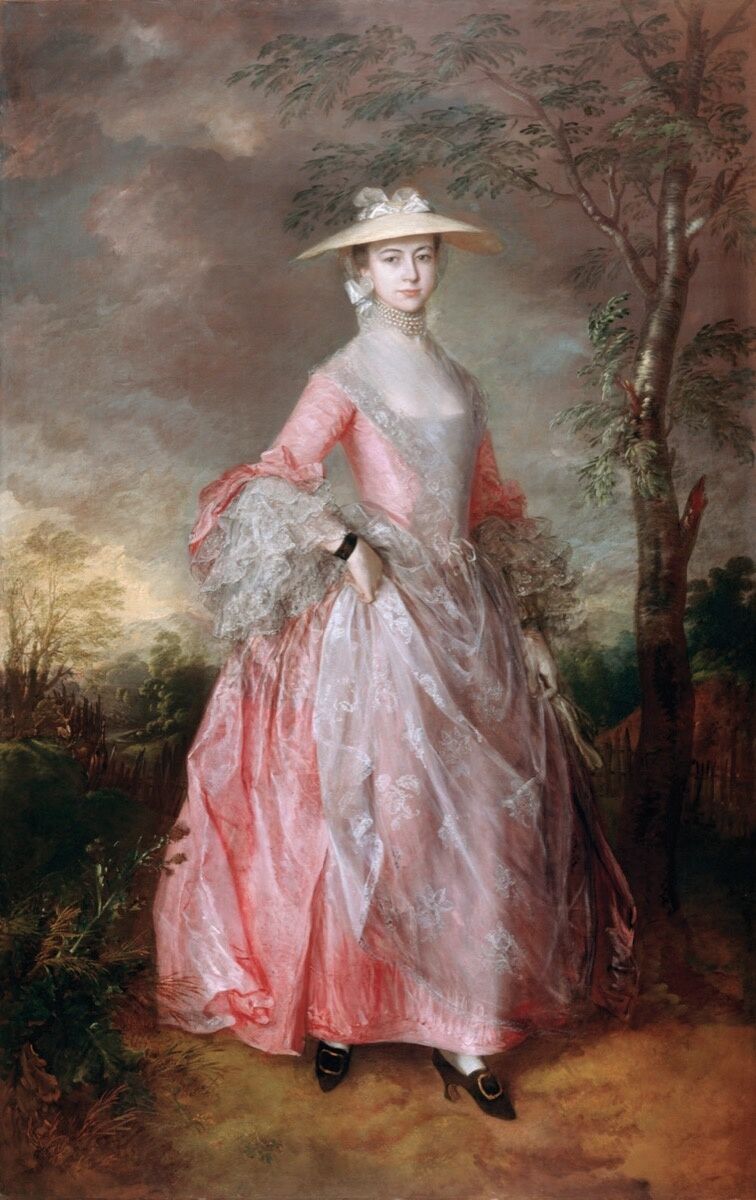From the middle of the 18th century, pastel colours took over in fashion from the previously favoured bright ones. Pink was amongst the new trending hues. One of the main reasons for why pink did not make its entrance onto the fashion stage earlier, is the dying process. Before chemicals were the primary source for colours in fashion, dyers had to use whatever nature had to offer. Few things are naturally pink and those that are rarely give off a colour if processed in the traditional way. However, as the 18th century wore on, techniques advanced and it became possible to achieve far greater variance in shades. It meant that whereas only the very pinnacle of society could afford pink clothing before, it became more affordable.
The very terminology of the colour pink was ambiguous. The colour "pink" did not exist until the latter half of the 18th century - at the earliest. Prior to that it was named everything from "carnation"
Madame de Pompadour appears to have had a liking for the colour; in portraits of her she is often wearing the shade and the Sèvres-porcelain she ordered had pink in it as well. Until Madame de Pompadour made the colour fashionable it was used rather as a secondary choice; it is not for nothing that the pink glaze of Sèvres was known as "Pompadour pink". She would often combine pink with another signature colour: pale blue.
Madame du Barry also had a thing for pink - however, her fascination lay more in her jewellery. In particular, she often wore a necklace of pink pearls.
Unlike today, pink was not associated with femininity - both men and women wore the colour. Likewise, both young boys and girls were dressed in it. The very symbolism of the colour was up to debate. At the time of Madame de Pompadour it was considered to be somewhat of a sensual colour which made it very appropriate for a royal mistress. However, just twenty years later it was connected with the exact opposite: innocence.
Typically, brighter pink was worn by the younger generations. Once Marie Antoinette had reached her 30th birthday, she announced that her days of wearing pink were over. Indeed, she had been fond of the colour in her youth.
As seen in portraits - women:
 |
| The Marquise de Caumont La Force |
 |
| Marie Suzanne Giroust, artist |
 |
| Marie Antoinette while Archduchess of Austria |
 |
| The Comtesse d'Artois |
 |
| Comte d'Angiviller |
 |
| Comte de Provence |
 |
| Unknown gentleman |
 |
| Jean-Marie Vien |
 |
| Infante Gabriel |











No comments:
Post a Comment